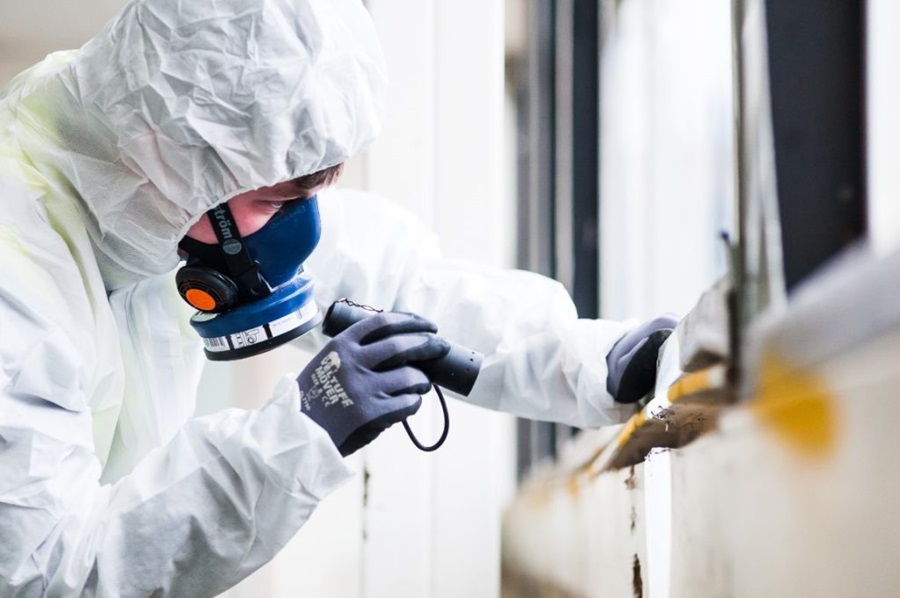Imagine uncovering a hidden danger lurking within your property, one that could threaten the health of everyone who steps inside. This isn’t a plot twist in a thriller but a real-life concern for many property owners when it comes to asbestos. Understanding asbestos survey is crucial for ensuring your property is safe and compliant with regulations. In this comprehensive guide, we will break down the essentials of asbestos surveys, their importance, and what every property owner needs to know.
What is Asbestos?
Origin and Properties
Asbestos is a naturally occurring mineral composed of thin, needle-like fibers. Once hailed for its durability and resistance to heat and chemicals, asbestos was commonly used in building materials throughout the 20th century. However, its fibers can become airborne and inhaled, leading to severe health issues.
Common Uses in Properties
You might find asbestos in various building materials such as insulation, roofing shingles, floor tiles, and even paint. Given its widespread use, it is vital for property owners to know where asbestos may be hiding in their buildings.
Health Risks
Inhaling asbestos fibers can lead to serious health conditions, including asbestosis, lung cancer, and mesothelioma. The risk increases with prolonged exposure, making it essential to identify and manage asbestos in your property.
The Importance of an Asbestos Survey
Legal Requirements
Many countries have stringent regulations requiring asbestos surveys for certain properties, particularly if they were built before the late 1990s. Compliance with these laws is not only mandatory but also protects you from legal repercussions.
Ensuring Safety
An asbestos survey helps identify the presence of asbestos-containing materials (ACMs) in your property. By knowing where ACMs are located, you can take appropriate measures to manage or remove them, thus safeguarding the health of occupants.
Protecting Property Value
Properties free from asbestos are generally more attractive to buyers and tenants. Conducting an asbestos survey and addressing any issues can enhance the value and marketability of your property.
Types of Asbestos Surveys
Management Survey
A management survey is a standard procedure for occupied buildings. It aims to locate ACMs that could be damaged or disturbed during normal occupancy. This type of survey involves minor intrusive work and sampling.
Refurbishment and Demolition Survey
If you plan to refurbish or demolish a building, a refurbishment and demolition survey is required. This more invasive survey identifies all ACMs so they can be safely removed before any work begins.
Re-Inspection Survey
Re-inspection surveys are periodic checks on previously identified ACMs to ensure they remain in good condition. These surveys are part of ongoing asbestos management.
The Survey Process
Initial Assessment
The survey process begins with an initial assessment, where a qualified surveyor reviews the property’s history and previous surveys (if any). This step helps determine the scope and type of survey needed.
On-Site Inspection
During the on-site inspection, the surveyor conducts a thorough examination of the property. This includes visual inspections and sampling of suspected ACMs. Samples are then sent to a laboratory for analysis.
Reporting and Documentation
After the inspection, the surveyor provides a detailed report outlining the location, type, and condition of any ACMs found. This report is crucial for planning any necessary management or removal actions.
Choosing a Qualified Surveyor
Certification and Experience
Always hire a certified and experienced asbestos surveyor. Look for qualifications such as BOHS P402 or equivalent, and check their track record in conducting similar surveys.
References and Reviews
Ask for references and read reviews from previous clients. A reputable surveyor will have positive feedback and a history of reliable service.
Cost Considerations
While cost is a factor, it should not be the sole criterion. Quality and thoroughness are paramount when dealing with asbestos. Compare quotes from several surveyors to find a balance between cost and quality.
What to Do After the Survey
Understanding the Report
Carefully review the survey report to understand the findings. If ACMs are present, the report will provide recommendations for managing or removing them.
Creating a Management Plan
If ACMs are found but do not pose an immediate risk, you can create a management plan. This plan should include regular inspections, maintenance procedures, and guidelines for any future work on the property.
Removal and Remediation
In cases where ACMs pose a significant risk, professional removal and remediation are necessary. Hire licensed asbestos removal contractors to ensure the job is done safely and in compliance with regulations.
Conclusion
Understanding asbestos surveys is an essential part of property management and safety. By conducting a thorough survey, you can protect the health of occupants, comply with legal requirements, and maintain your property’s value. If you’re unsure where to start, consider consulting with a professional to guide you through the process. Your proactive steps today can prevent serious health risks and costly repairs in the future. Make your property safer by scheduling an asbestos survey and taking control of your property’s future.

